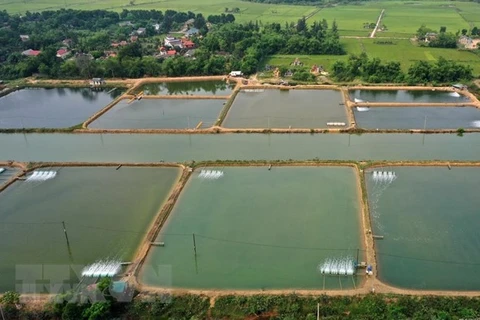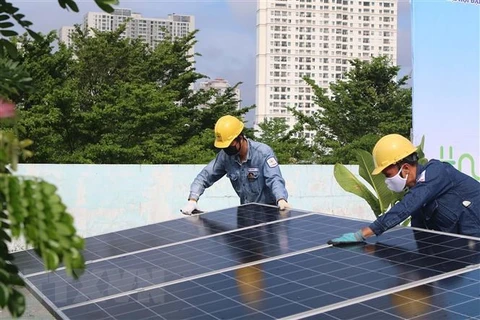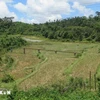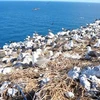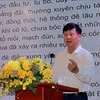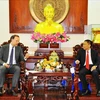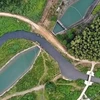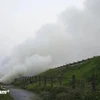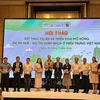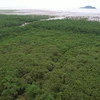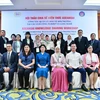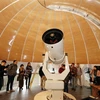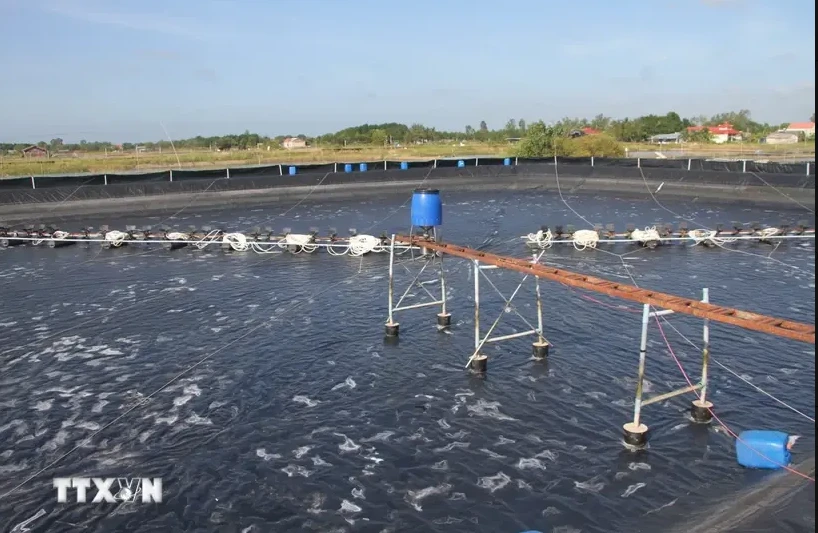
Hanoi (VNA) - Integrating greenhouse gas inventory into traceability systems helps businesses ensure supply chain transparency and control the amount of greenhouse gas (GHG) emissions into the atmosphere.
In Vietnam, traceability is relatively new but has received widespread attention from management agencies, businesses, and consumers. The application of traceability in GHG has been also performed over the recent times.
This is particularly important for exporting businesses, as developed countries increasingly demand higher standards for product origins and "green" products.
In the future, businesses can integrate GHG inventory and traceability with digital transformation solutions to generate data sets and analytical charts on GHG emissions in each stage, predict trends, and take measures to mitigate GHG emissions in their production processes. This move will help in the long run to support their development and integration.
According to Dr. Ha Minh Hiep, acting Chairman of the Commission for the Standards, Meteorology and Quality of Vietnam, to ensure the accuracy, transparency, and alignment with international practices of GHG inventory reports, the inventory methods must adhere to international standards.
He also underlined the necessary to standardise the capacity of experts working in inventory, verification, and assessment of GHG.
The commission is also working on developing and reviewing nearly 20 standards related to climate change adaptation, GHG emissions, carbon neutrality, and green credit tools, Hiep said. The use of these standards aims to benefit the environment and improve market confidence toward improving investor trust.
GHG inventory is the activity of collecting information and data about sources of GHG emissions, calculating the amount of emissions and greenhouse gas absorption within a defined scope and a specific year, according to methods and procedures issued by competent authorities.
Vietnam has set a target to reduce CO2 emissions by 45% by 2030 compared to 2010 levels and to achieve net-zero emissions by 2050 at the 26th United Nations Climate Change Conference (COP26) in 2021.
Following Vietnam's commitment, the government issued Decree No. 06/2022/ND-CP on January 7, 2022, which regulates the reduction of GHG emissions and the protection of the ozone layer. On January 18, 2022, the Prime Minister signed Decision No. 01/2022/QD-TTg, establishing a list of 1,912 facilities that are required to conduct GHG inventories./.
